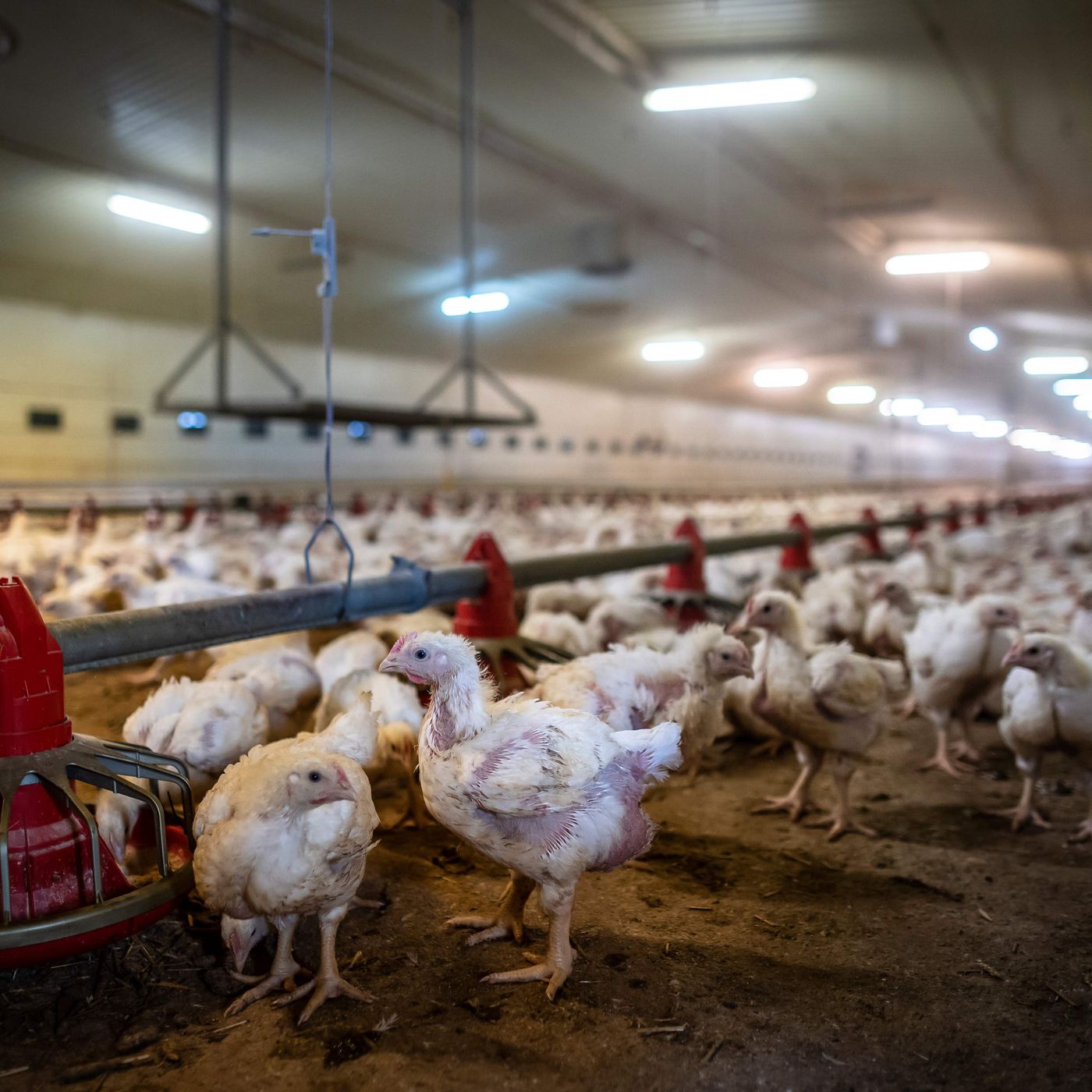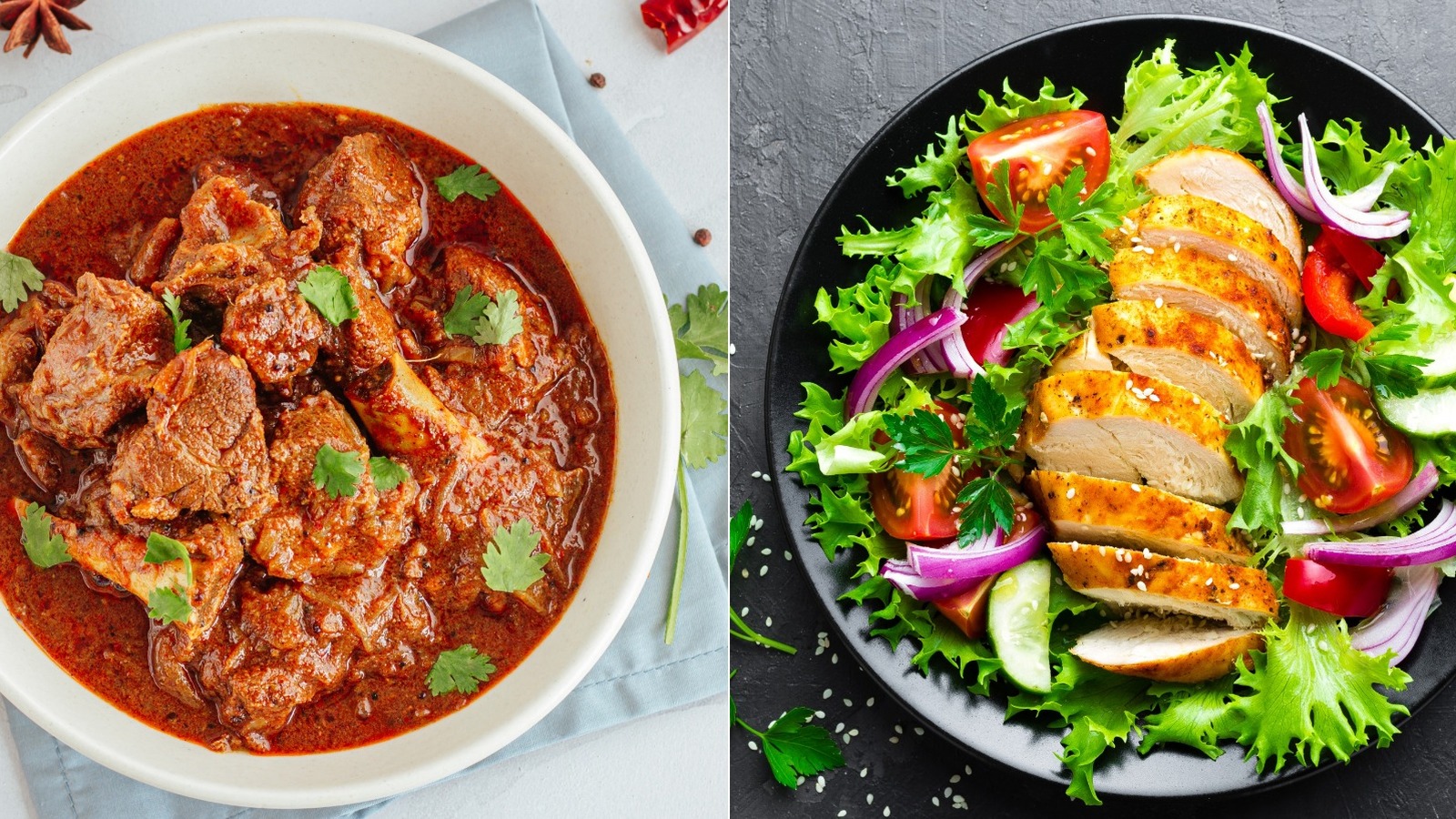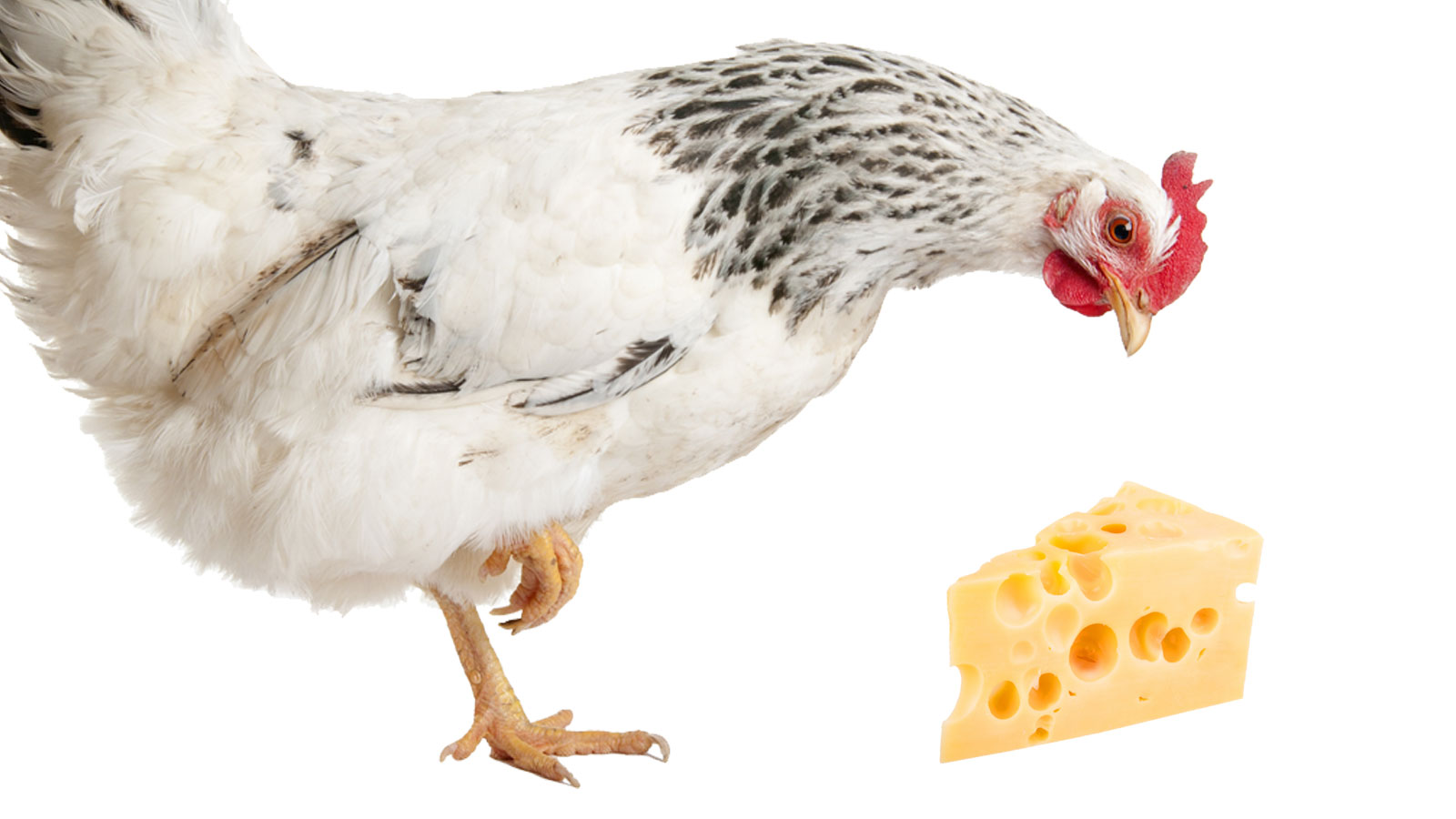Nutritional Comparison Of Chicken And Lamb

When it comes to the nutritional value of chicken and lamb, there are some notable differences. Chicken is slightly higher in protein, with a 100g chicken breast providing 31g of protein, while 100g of lamb sirloin contains 28g. Both chicken and lamb are high in calories and potassium, but chicken has more pantothenic acid and Vitamin B6. On the other hand, lamb contains more folate and Vitamin B12. It’s important to consider these nutritional differences when choosing between chicken and lamb for your meals.
Nutritional Value Of Chicken
Chicken is a highly nutritious meat, packed with essential nutrients. It is an excellent source of lean protein, providing about 31g per 100g serving. Protein is crucial for muscle growth and repair. Additionally, chicken is low in fat and calories, making it a healthier choice for those looking to maintain a balanced diet. It is also rich in vitamins and minerals such as pantothenic acid, which aids in energy production, and Vitamin B6, which supports brain development and function. Including chicken in your meals can help meet your protein requirements and support overall health and well-being.
Nutritional Value Of Lamb
Lamb is a nutrient-dense meat that offers a range of essential vitamins and minerals. It is a great source of protein, providing around 25g per 100g serving. Protein is critical for maintaining muscle mass and promoting overall health. Lamb is also rich in important vitamins, such as Vitamin B12, which supports brain function, and iron, which is crucial for producing healthy red blood cells. Additionally, lamb contains zinc, selenium, and various B vitamins, all of which play vital roles in maintaining a healthy body. Including lamb in your diet can provide a flavorful and nutritious option for your meals.
Health Benefits Of Chicken And Lamb

Chicken and lamb both offer various health benefits to those who consume them. Chicken is a lean meat that is low in fat and high in protein, making it an excellent choice for those looking to maintain or lose weight. It is also a good source of essential vitamins and minerals, including B vitamins, which support energy production and nerve function. Additionally, chicken contains selenium, which has antioxidant properties and supports the immune system. Lamb, on the other hand, is rich in iron, which is important for healthy red blood cells and oxygen transport. It also provides vitamins B12 and zinc, which are essential for brain function and immune system health. Including both chicken and lamb in your diet can help you meet your nutritional needs and support overall health.
Health Benefits Of Consuming Chicken
Chicken offers several health benefits when included in a balanced diet. Being a lean meat, it is low in fat and high in protein, which makes it an excellent choice for weight management. Protein is essential for muscle growth and repair, and chicken provides all the essential amino acids needed for these processes. Additionally, chicken is a good source of vitamins and minerals, including B vitamins, which support energy production and nerve function. It also contains selenium, an antioxidant that supports the immune system. Incorporating chicken into your diet can help promote overall health and well-being.
Health Benefits Of Consuming Lamb
Lamb offers several health benefits when included in a balanced diet. It is a rich source of high-quality protein, which is essential for muscle growth and repair. Lamb also contains important nutrients such as iron, which helps in the production of red blood cells and prevents anemia. Additionally, lamb is a good source of zinc, which supports immune function and helps maintain a healthy metabolism. The fatty acids found in lamb, particularly omega-3 fatty acids, contribute to heart health and may help reduce the risk of cardiovascular diseases. Including lamb in your diet can provide these essential nutrients and promote overall well-being.
Culinary Versatility Of Chicken And Lamb

Both chicken and lamb offer a wide range of culinary possibilities and can be prepared in various ways to create delicious and flavorful dishes. Chicken is incredibly versatile and can be grilled, baked, roasted, stir-fried, or even used in soups or salads. It adapts well to different flavors and seasonings, making it a versatile choice for a variety of cuisines. On the other hand, lamb has a distinct flavor and is often roasted or slow-cooked to enhance its tenderness and depth of flavor. It is commonly used in Mediterranean, Middle Eastern, and Indian cuisines, adding richness and complexity to dishes. Whether you prefer the simple and adaptable nature of chicken or the bold flavors of lamb, both meats provide endless culinary possibilities.
– Reference link: https://www.bbcgoodfood.com/glossary/chicken-varieties-and-how-to-cook-them
Cooking Methods For Chicken Dishes
Chicken is incredibly versatile and can be cooked using various methods to achieve different flavors and textures. Some popular cooking methods for chicken dishes include grilling, baking, roasting, stir-frying, and even boiling for soups. Grilling chicken gives it a smoky and charred flavor, while baking and roasting result in juicy and tender meat. Stir-frying is perfect for quick and healthy meals, and boiling is ideal for making chicken stock or soup. The choice of cooking method depends on personal preference and the desired outcome of the dish.
Cooking Methods For Lamb Dishes
When it comes to cooking lamb, there are several delicious methods to choose from. One popular method is roasting, which gives the meat a tender and succulent texture. Another option is grilling, which imparts a smoky flavor and crispy exterior. For those looking for a quicker option, pan-searing or stir-frying lamb can result in a flavorful and tender dish. Braising is also a great technique for tougher cuts of lamb, as it allows the meat to become tender and juicy. Whether you prefer a classic roast or a more adventurous stir-fry, there are plenty of ways to cook lamb to perfection.
Environmental Impact Of Chicken And Lamb Production

When it comes to the environmental impact of chicken and lamb production, there are some key considerations. The production of chicken has been found to have a lower environmental impact compared to lamb. According to the Environmental Working Group (EWG), producing 1 pound of lamb produces more emissions than the same serving of beef. However, it’s important to note that lamb consumption is relatively low in the United States. To minimize your foodprint, it is recommended to avoid both beef and lamb and opt for more sustainable protein options when possible.
Sustainability Of Chicken Farming
Chicken farming is considered to be more sustainable compared to lamb farming due to several factors. First, chickens have a shorter lifecycle and reach maturity faster, resulting in a quicker turnover rate for production. This allows for higher production volume with less time and resources required. Additionally, chickens have a more efficient feed conversion rate, meaning they require less feed to produce the same amount of meat compared to lamb. Finally, chicken farming generally has a lower carbon footprint and water usage compared to lamb farming. Overall, chicken farming is a more sustainable option for protein production.
Sustainability Of Lamb Farming
Lamb farming, while popular in many regions, has raised concerns regarding its sustainability. Lamb production requires significant land and water resources, as well as produces a higher carbon footprint compared to chicken farming. The grazing nature of lambs also contributes to overgrazing and land degradation. However, sustainable practices such as rotational grazing, land management techniques, and efficient use of resources can mitigate these challenges. Additionally, supporting local and organic lamb farming, as well as consuming lamb in moderation, can contribute to a more sustainable lamb industry. Overall, conscious efforts are needed to ensure the sustainability of lamb farming.
Taste And Texture Of Chicken And Lamb

When it comes to taste and texture, chicken and lamb offer unique experiences. Chicken has a mild flavor and a tender, juicy texture that appeals to many palates. It is versatile, easily absorbing the flavors of marinades and spices. On the other hand, lamb has a distinctive and rich flavor with a slightly gamey taste. Its texture is tender yet robust, giving it a satisfying bite. Whether you prefer the delicate taste of chicken or the boldness of lamb, both meats can be cooked in a variety of ways to create delicious and memorable dishes.
Flavor Profiles Of Chicken
Chicken offers a mild and neutral flavor profile that makes it highly versatile in the kitchen. This allows it to pair well with a wide range of ingredients and seasonings, making it a popular choice for different cuisines and dishes. Whether it’s seasoned with herbs and spices, marinated in a tangy sauce, or simply seasoned with salt and pepper, chicken absorbs flavors beautifully, resulting in delicious and satisfying meals. The mild flavor of chicken also makes it appealing to those with a more delicate palate, making it a crowd-pleasing option for various culinary creations.
Flavor Profiles Of Lamb
The flavor profile of lamb is distinctive and rich, making it a favorite among meat lovers. Lamb has a unique combination of sweetness and earthiness, often described as “gamey.” This robust flavor comes from the animal’s diet and age at the time of slaughter, as well as the cooking method used. The taste of lamb can vary depending on the cut and cooking style, from succulent and tender in slow-cooked stews to savory and slightly gamier in grilled or roasted preparations. Its bold flavor makes lamb a popular choice in various cuisines around the world, adding depth and complexity to any dish.
Conclusion

In conclusion, when comparing chicken and lamb, both offer unique nutritional benefits and culinary versatility. Chicken is a lean protein source, making it suitable for weight management and calorie-conscious individuals. On the other hand, lamb provides essential nutrients like iron, vitamin B12, and zinc. The choice between chicken and lamb ultimately depends on personal dietary goals and preferences. By incorporating a variety of proteins into one’s diet, individuals can ensure a well-rounded nutrient intake. Whether it’s the succulent tenderness of chicken or the distinctive flavor of lamb, both can be enjoyed as part of a balanced and healthy diet.
Final Thoughts On Choosing Between Chicken And Lamb
When it comes to choosing between chicken and lamb, it ultimately boils down to personal preference and dietary goals. Chicken is a lean protein option with fewer calories, making it suitable for weight management. On the other hand, lamb provides essential nutrients like iron and vitamin B12. Consider your taste preferences as well – chicken offers a mild tenderness while lamb has a rich and gamey flavor. It’s important to consider your desired flavor, texture, and cooking methods. Incorporating both chicken and lamb into your diet can provide a well-rounded nutrient intake and culinary variety.
Recommendations For Incorporating Both Into A Balanced Diet
To enjoy the benefits of both chicken and lamb in a balanced diet, consider incorporating them into your meals in different ways. Start by diversifying your protein sources – alternate between chicken and lamb throughout the week. This will provide you with a variety of nutrients and prevent monotony in your meals. Additionally, balance your plate by pairing lean cuts of chicken with a side of vegetables and whole grains. For lamb, opt for lean cuts like tenderloin and serve with roasted vegetables or a leafy green salad. By mixing and matching chicken and lamb in your diet, you can enjoy the health benefits and culinary versatility of both proteins.
FAQ About Chicken Vs Lamb: The Protein Ponder In Every Bite
Q: What are the main differences between chicken and lamb in terms of protein content?
A: Chicken is lower in fat and calories and is a good source of lean protein, while lamb is slightly higher in fat but contains more essential nutrients like iron and zinc.
Q: Which protein is better for weight management – chicken or lamb?
A: Chicken is often preferred for weight management as it is lower in fat and calories compared to lamb.
Q: Are there any specific health benefits associated with consuming chicken over lamb?
A: Chicken is known for being a good source of lean protein which is essential for muscle growth and repair. It also contains nutrients like B vitamins and selenium.
Q: Why choose lamb over chicken despite its higher fat content?
A: Lamb has a distinct flavor and contains high levels of iron and zinc which are important for maintaining overall health and well-being.
Q: How should one decide between incorporating chicken or lamb into their diet?
A: The choice between chicken and lamb ultimately depends on individual preferences, dietary needs, and nutritional goals. Consider consulting a nutritionist for personalized advice.
Q: Can both chicken and lamb be part of a balanced diet?
A: Yes, both chicken and lamb can be enjoyed as part of a balanced diet when consumed in moderation and as part of a diverse meal plan.
Q: Are there any environmental or ethical considerations to take into account when choosing between chicken and lamb?
A: It is advised to consider factors such as sustainable sourcing, animal welfare practices, and environmental impact when making choices between chicken and lamb.

Duke City Kitchen, known for its fresh, simple, and delicious cuisine, has a rich history deeply rooted in the heart of the local food scene. Since its inception, Duke City Kitchen has been dedicated to providing an exceptional dining experience that celebrates the region’s flavors. Founded by a passionate group of food enthusiasts, Duke City Kitchen opened its doors with the vision of offering a welcoming space where people could gather to enjoy thoughtfully prepared meals made from the finest, locally sourced ingredients. This commitment to quality and community has been a driving force behind Duke City Kitchen’s success.